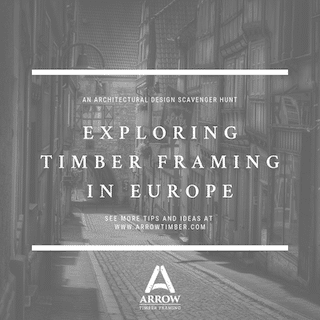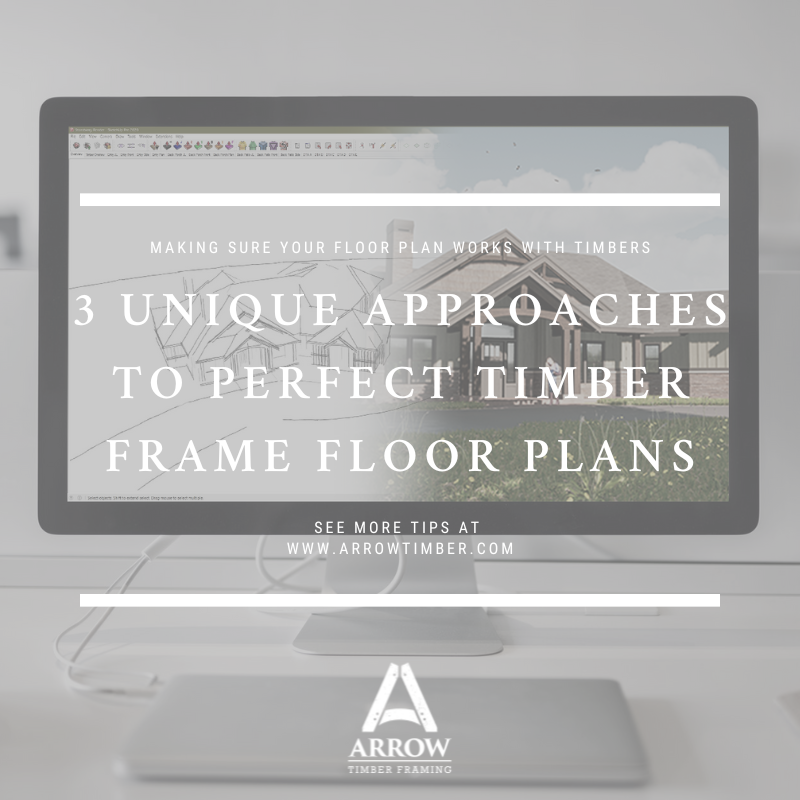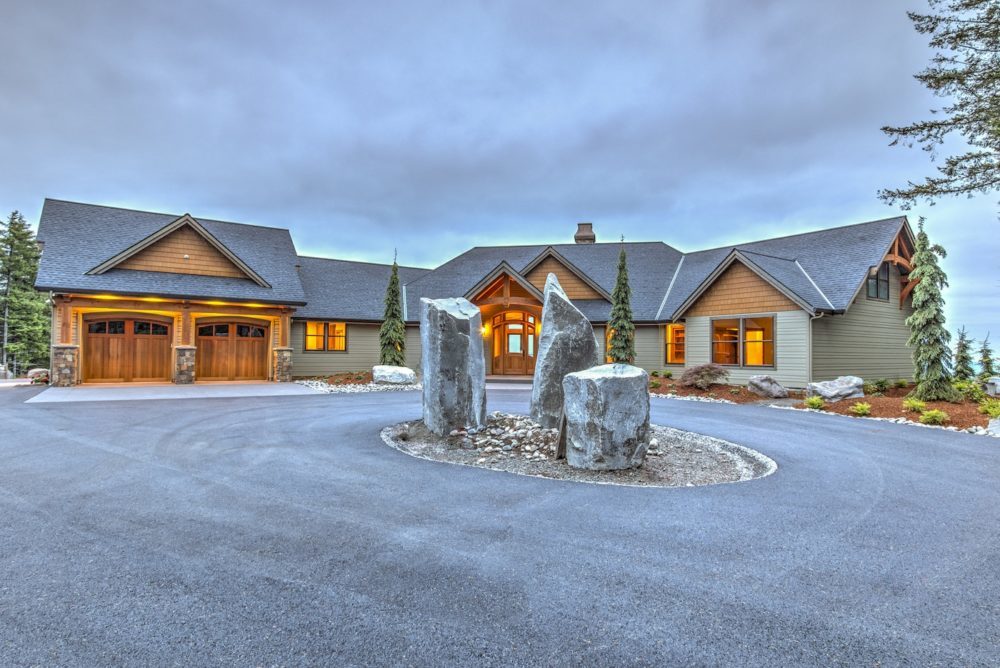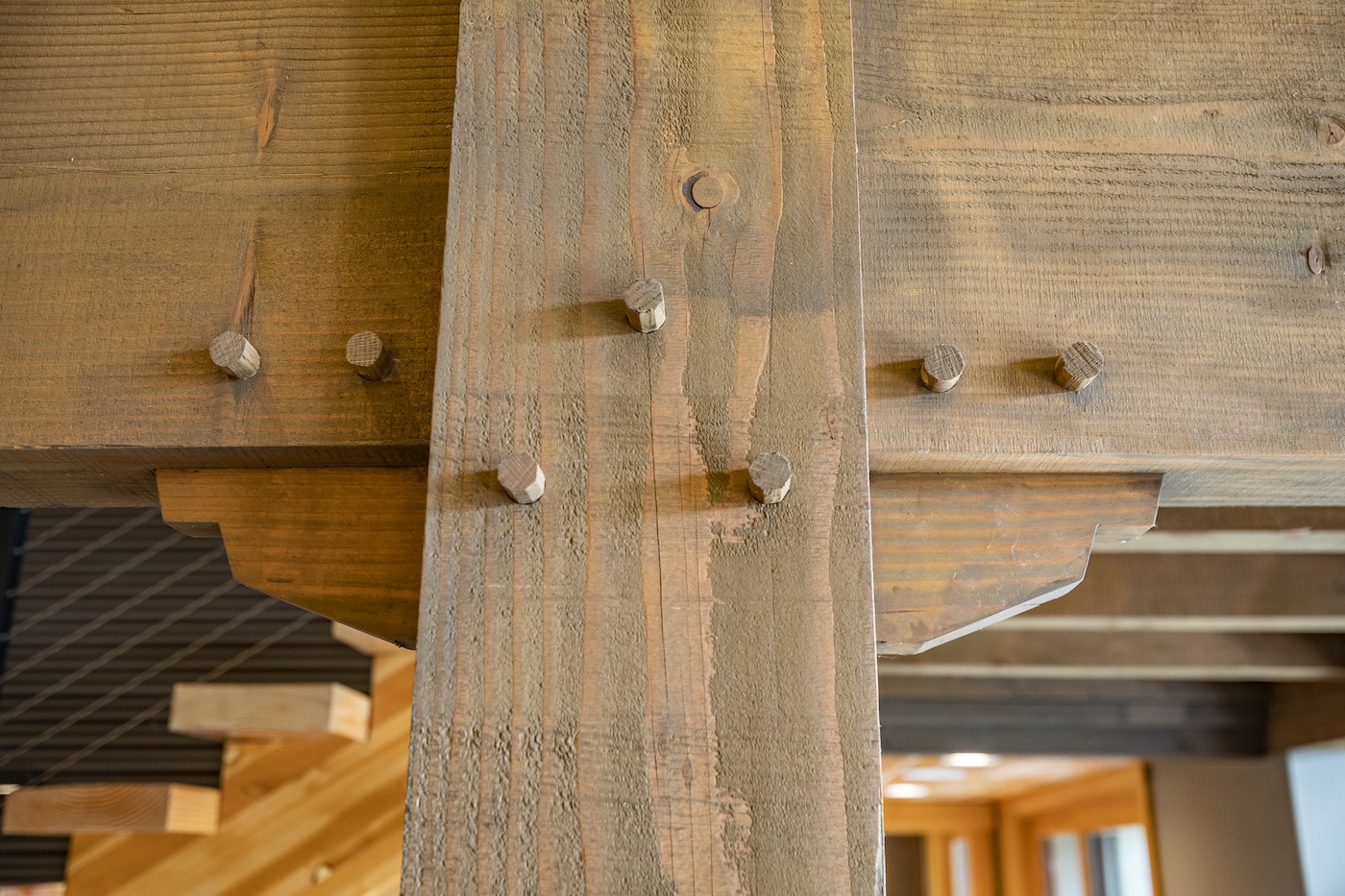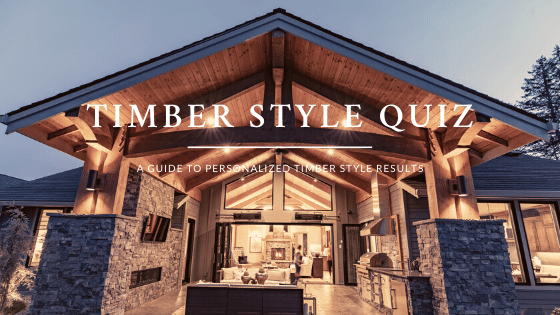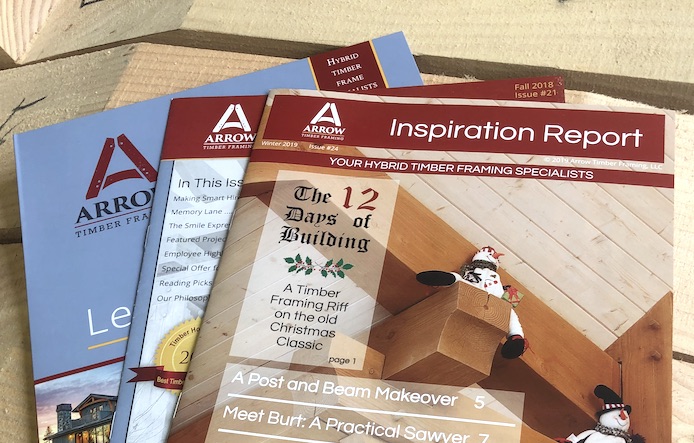A Brief History and Evolution of Timber Framing
We almost “lost” timber framing during the time of the Wild West expansion. Watch the video and read the article below. T
imber Framing is an age-old building technique that fell out favor as the industrial revolution created rapid building techniques, but experienced a rebirth in the 1970’s. Luckily, passionate timber framers have not only preserved this craft, but integrated it into modern building styles and given the craft new life.
A broad, simplified definition of hybrid timber framing might be: “Using old exposed beam construction with today’s building methods.” I suppose this loose description serves as a cold, dry Webster’s style of definition. A more meaningful description of hybrid timber framing can be taken directly from the mouths of timber frame enthusiasts: “Say what you want, but the timbers make our home.” Or warm and inviting… Or, “With hybrid, we could capture our unique style and control the investment.”
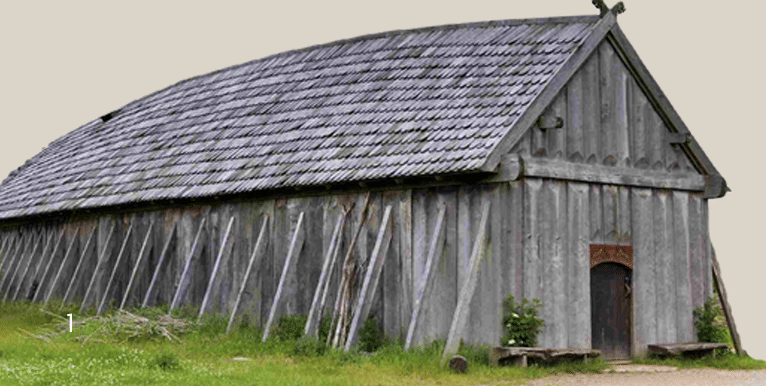
Back in Time
Let’s talk briefly about the basics of timber framing and its evolution from the past. Many thousands of years ago, when people needed shelter and a place to live, wood was usually the building material of choice although timber frame styles were affected by wood scarcity in the Middle Ages due to the over-harvesting of trees. But in general, wood has been a renewable resource and readily available throughout the ages.
Another thing builders of old liked about wood was its relative lightness. It is also effortless to work with, as opposed to stone or steel. Wood is a cinch to shape, carve, and mold.
Wood also has high insulation value, great load-bearing capacity, and helps with acoustics. Compared to a carpet, wood is loud, but compared to a concrete vault, wood is as quiet as a church mouse!
Despite wood’s inherent weaknesses, such as vulnerability to rot and fire, it was sti l the building material of choice for most early builders. When you consider all trade-offs, from convenience to speed to longevity and investment cost, wood was an easy choice. Until the Industrial Revolution, metal fasteners and nails were expensive and hard to come by. As building know-how moved from crude tepee/lean-to type structures to joined wood structures, crafty builders devised wooden pegs to hold these structures together.
They came up with many timber joining variations using wooden pegs to build better structures. These commonplace joints, such as the mortise and tenon, are now celebrated by builders and owners alike with the revival of timber framing. the decline of Early settlers to America brought the timber frame styles and methodologies of their home country with them.
History experts within the timber frame industry can identify the historical origin of a frame by its unique joinery, layout, markings, and architecture.
What three things during the Industrial Revolution caused the decline in timber framing as the building method of choice? Three of the options below alowed for fast expansion of the Wild West.
a . Electricity
b . 2×4’s
c . Railroads
d . Telegraph
e . Nails
Nails, 2X4’s, and railroads were the perfect building trifecta to change the building industry dramatica ly.
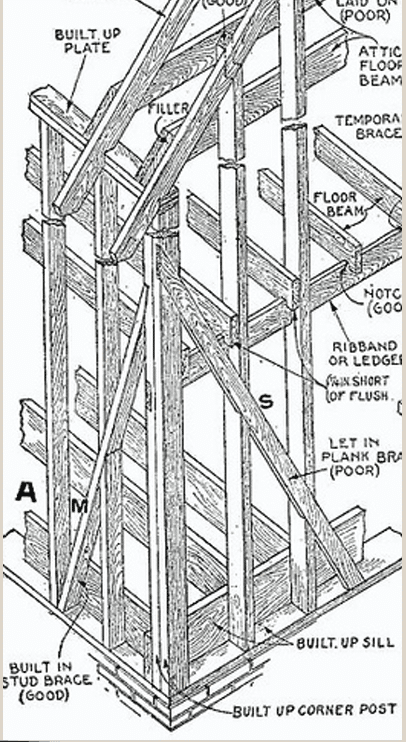
The mass production of wire nails and steam-powered sawmils made stick framing a fast, affordable building method. Nor did this building method require highly skilled labor. And the railroad provided abundant economical transport. So, faced with al these economic disadvantages, timber framing became a lost art.The mass production of wire nails and steam-powered sawmils made stick framing a fast, affordable building method. Nor did this building method require highly ski led labor. And the railroad provided abundant economical transport. So, faced with all these economic disadvantages, timber framing became a lost art. The mass production of wire nails and steam-powered sawmils made stick framing a fast, affordable building method. Nor did this building method require highly ski led labor. And the railroad provided abundant economical transport. So, faced with al these economic disadvantages, timber framing became a lost art.
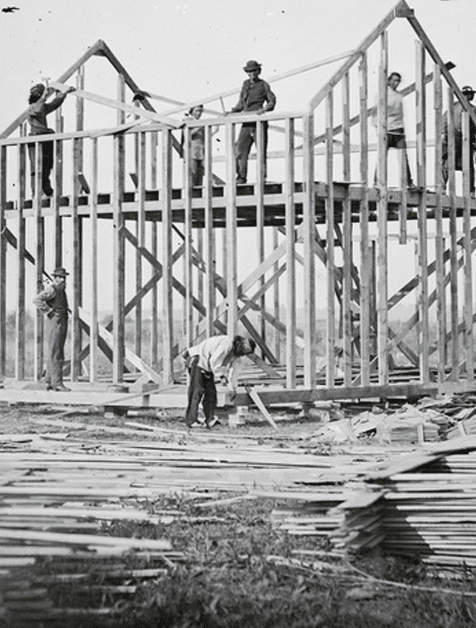

The Birth of Hybrid Timber Framing
Thanks to early practitioners such as Jack Sobon and Ted Benson, timber framing experienced a revival beginning in the 1970s. As you might expect, well-to-do clientele funded this passionate resurgence. Great detail went into replicating old joinery; these early adopters tended to be purists. As the timber frame revival gathered steam, economics and practicality entered the conversation builders and clients were having. It did not take long for the majority of timber frame projects to implement some form of hybrid timber framing. Some purists might view this as sacrilegious and use derisive terms such as “trimber framing” or refer to metal connectors as training wheels. (Trimber Framing refers to the use of non-structural timbers used to capture a specific look. A heavy piece of trim, if you will.)
Despite its detractors, economics and logistics can make this a practical choice in many situations. I myself had trouble with “trimber framing” in my early days of post and beam construction. But when I thought about how pragmatic the builders of old were, I realized that my desire to be a purist was founded on a slippery ideological slope. The purist mindset simply could not withstand the logic and benefits hybrid timber framing brings to the table.
I like to think that the pragmatic timber framers of old smile from their graves in agreement. I also believe builders of today are every bit as ingenious and crafty as builders of old. What we see being built around us today doesn’t evoke the same sense of awe as the old structures built with old tools and primitive building methods do; in part, this is because building improvements are commonplace and al around us. Another reason it is hard to value today’s craftsmen is the human tendency to alow frustrating things we experience with the building industry to overshadow the good. From time to time, ever since I was young, I have heard carping about how “They don’t build like they used to.” I find this an irritating knock-off of the exasperated statement consistent with older generations throughout the ages: “Kids these days! Harumph!”
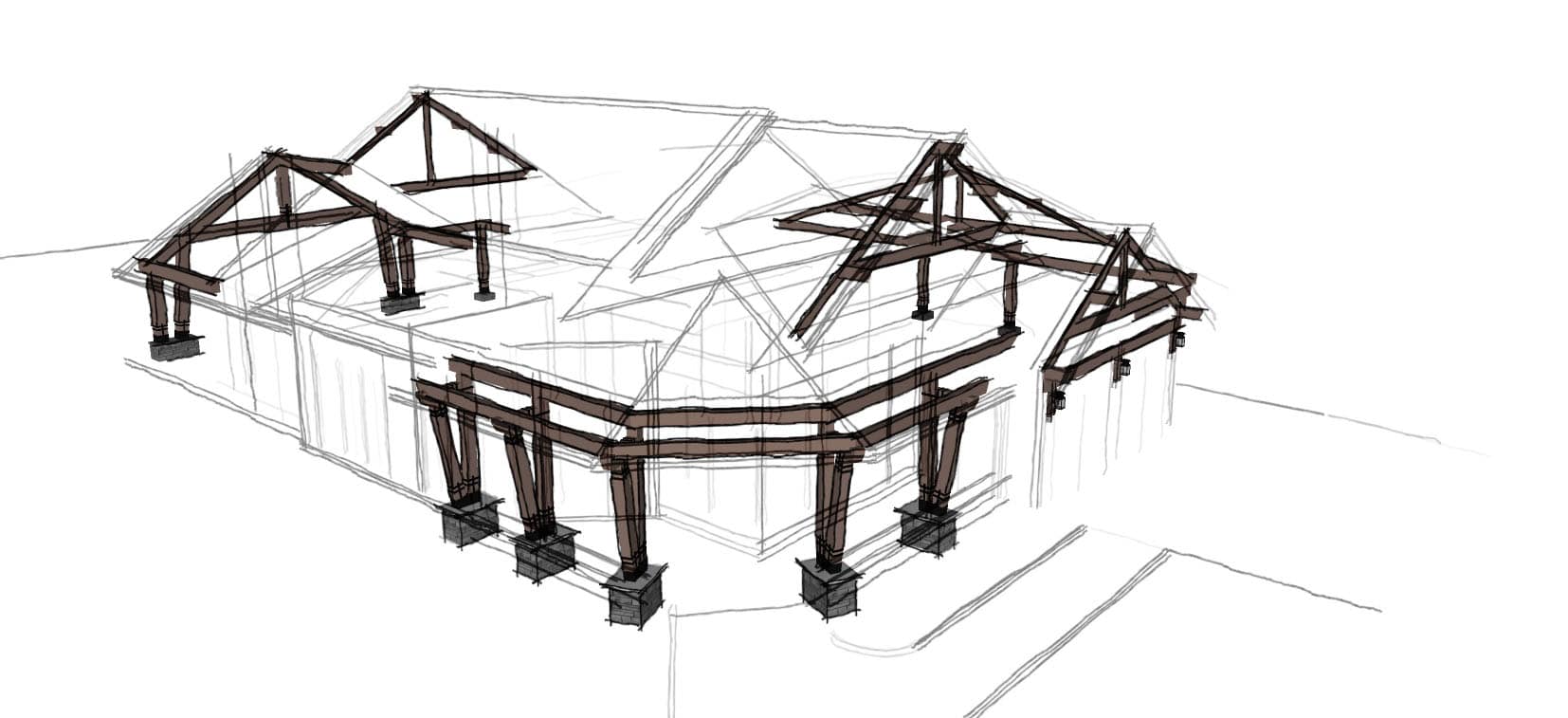
Today, some professionals are hack artists and simply don’t care—just as there were in the old days, but we have a choice to focus on what is good. Al around us, owners, architects, and builders are figuring out more effective and creative ways to build better and smarter to get what they want. Trade magazines, blogs, and other building news resources of every stripe are a testament to the drive and ingenuity of people in today’s building industry.
The Timber Framers Guild has been extraordinarily prolific in documenting and sharing information to help the Timber Framing craft. I feel a sense of thankfulness to the timber framers of bygone years, to the timber framers of today, and to clients who are attracted to timber framing. This loose, informal community of timber frame enthusiasts has given us what we know today as Hybrid Timber Framing. This community also gives us motivation, helps us find enjoyment in our daily work, and furthers our sense of purpose. If you have just stumbled across Timber Framing, I invite you to join this loose, informal community. You have a whole new world of discovery in front of you!
On behalf of the ATF team,

Bert Sarkkinen
A Gallery and Structural Lessons from 500-Year Old German Timber Frame Construction
A recent trip to Germany brought great interest to our founder, Bert Sarkkinen. See photos and learn about the structural elements of historical German construction, some of which have stood for over 500 years!
“Overall, I was incredibly impressed with what I witnessed on my short tour of old timber framing in Germany.”
Building Your Single-Story Timber Frame Dream Home
Post & Beam Timbers | Drying, Species & Shrinkage
7 Reasons You Should Build Green
Are Exposed Beams Directly Linked to Stability?
How to Artistically Mix Logs and Timbers
How to Avoid a Structural 98lb Weakling
Insulation Values Myth: The “R” Fairy Tale
Full Timber Frame, Hybrid Timbers or Small Accents?
I Want It Big! The Veach Home Project
A Brief History and Evolution of Timber Framing
Timber Framing a 10K Sq. Ft. House
3 Unique Approaches to Timber Floor Plans
Differences Between Log, Timber, Post & Beam
8 Timber Mantels - Inspiration Is Easier Than You Think!
The Sherertz Family Project with GRO Outdoor Living
Trial by Fire: The Birth of ATF
Tips and Ideas to Make Timber Maintenance Fun
What Type of Beam Finish is Best for You?
Where To Draw the Line For Timber Decor in Your Home
Timber Framing: Why it's a 'Green' Technique
What It's Like Owning a Giant Sawmill
Videos: A Timber Frame Lakehouse
Video: Couple Decides on Timber Framing
Video: When Feng Shui Goes Wrong!
Structural Lessons from 500-Year Old German Timber Framing





